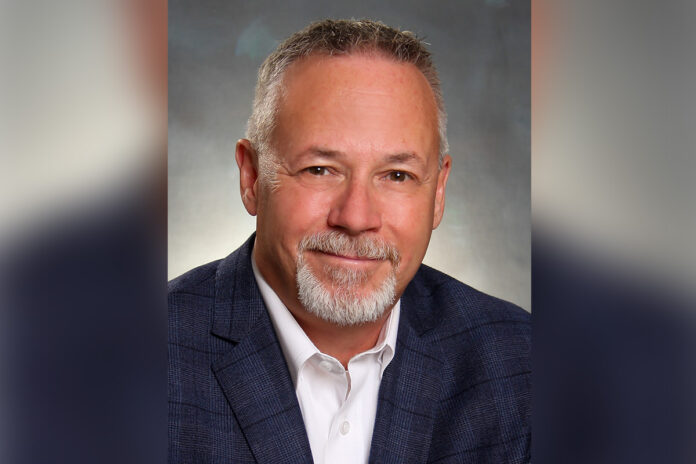TORONTO—The alarming trend of escalating drug poisoning deaths continues in Ontario for the fifth consecutive year, with projections exceeding 3,000 fatalities annually, averaging over eight deaths per day.
In response to this crisis, experts emphasize that expanding Ontario’s network of harm reduction and addiction services is crucial to safeguarding Ontarians from the increasingly toxic drug supply. Addictions and Mental Health Ontario (AMHO) urges the province to prioritize access to evidence-based programs and services, such as Rapid Access to Addiction Medicine (RAAM) clinics, safer supply programs, supervised consumption services, drug checking programs, needle exchanges and broader addiction services.
The absence of such services leaves Ontarians vulnerable to using drugs alone, heightening their susceptibility to the harmful and often fatal effects of the toxic drug supply. Embedding these services within existing settings, such as public health units, community health centres and addiction agencies, is proposed as a critical measure to serve communities effectively and save lives.
Recent events underscore the urgency of this matter. In Belleville, 23 residents overdosed within a span of 48 hours earlier this month, directly linked to the toxic drug supply crisis. The contamination of opioids and other substances with sedatives like benzodiazepines and tranquilizers such as Xylazine reduces the efficacy of traditional overdose reversal methods like Naloxone.
Alisha Tharani, CEO of AMHO, warns, “Without the right supports in place, Ontario will remain unable to handle the toxic drug supply crisis.” Ms. Tharani stresses the necessity of investing in a comprehensive continuum of mental health and addiction services to ensure the safety and well-being of Ontarians.
Currently, Ontario has only 24 supervised consumption sites province-wide, rendering these vital services inaccessible to many residents. In Belleville, for instance, the nearest supervised consumption sites are over an hour’s drive away in Kingston or Peterborough.
Research conducted by the Centre on Drug Policy Evaluation in February 2024 reveals a 67 percent decrease in overdose mortality rates in neighbourhoods implementing supervised consumption services.
Closer to home, “The Spot” safe consumption site in Sudbury has largely run on community donations since municipal support has an out in December of 2023. The grassroots health organization specializing in harm reduction has just one full-time employee remaining as specialized care is needed throughout the province and workers depend on sustainable funding. An anonymous donor is keeping the doors open until the end of March, but the longevity of the space is tenuous.
In a press release The Spot revealed that the space was visited more than 300 times in January alone and that since 2022 visits have risen. The service has been bending under the weight of the toxic drug emergency as visits continue to increase while the mortality rate in the region shows no signs of diminishing. Sudbury-Manitoulin continues to be over represented statistically by nearly 250 percent in mortality rates annually compared with the provincial statistics.
Despite federal approval to expand supervised consumption services in Barrie, Windsor, Timmins and Hamilton, Ontario has capped the number of supervised consumption sites at 24. Advocates stress that without a reversal of this decision and further expansion of harm reduction and addiction services, the province will continue to fail in protecting its residents’ health and safety.
AMHO stands prepared to collaborate with the province to facilitate a meaningful and sustainable expansion of harm reduction and addiction services across Ontario.
AMHO represents over 150 organizations providing frontline substance use, addiction, and mental health support services. These organizations offer a spectrum of community-based treatments, including counseling, psychotherapy, case management, withdrawal management, live-in addiction treatment, peer support, harm reduction initiatives and supportive housing.






